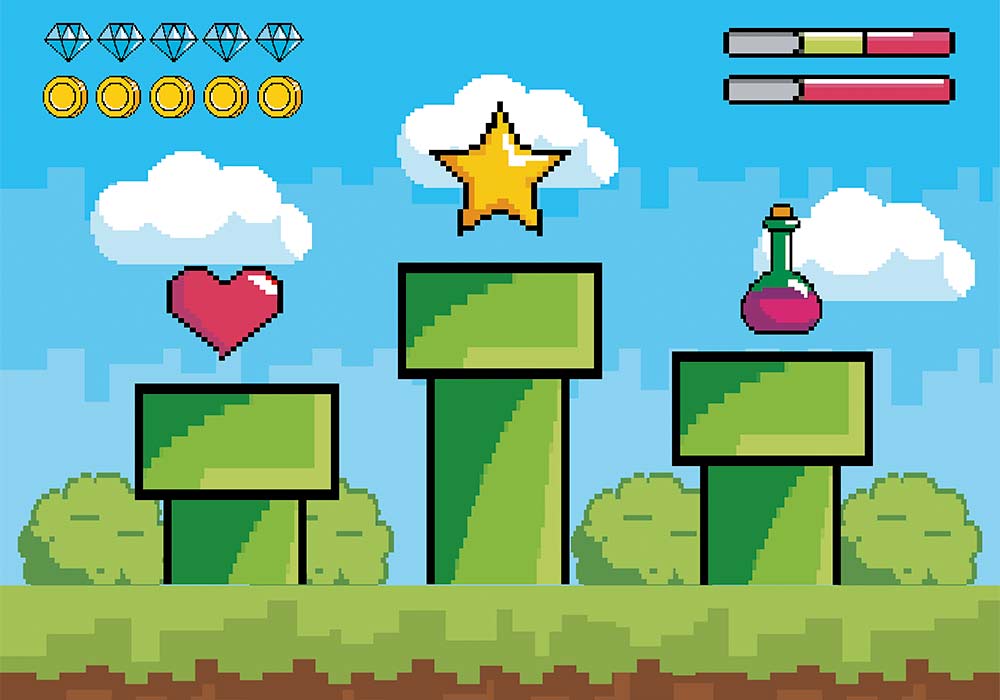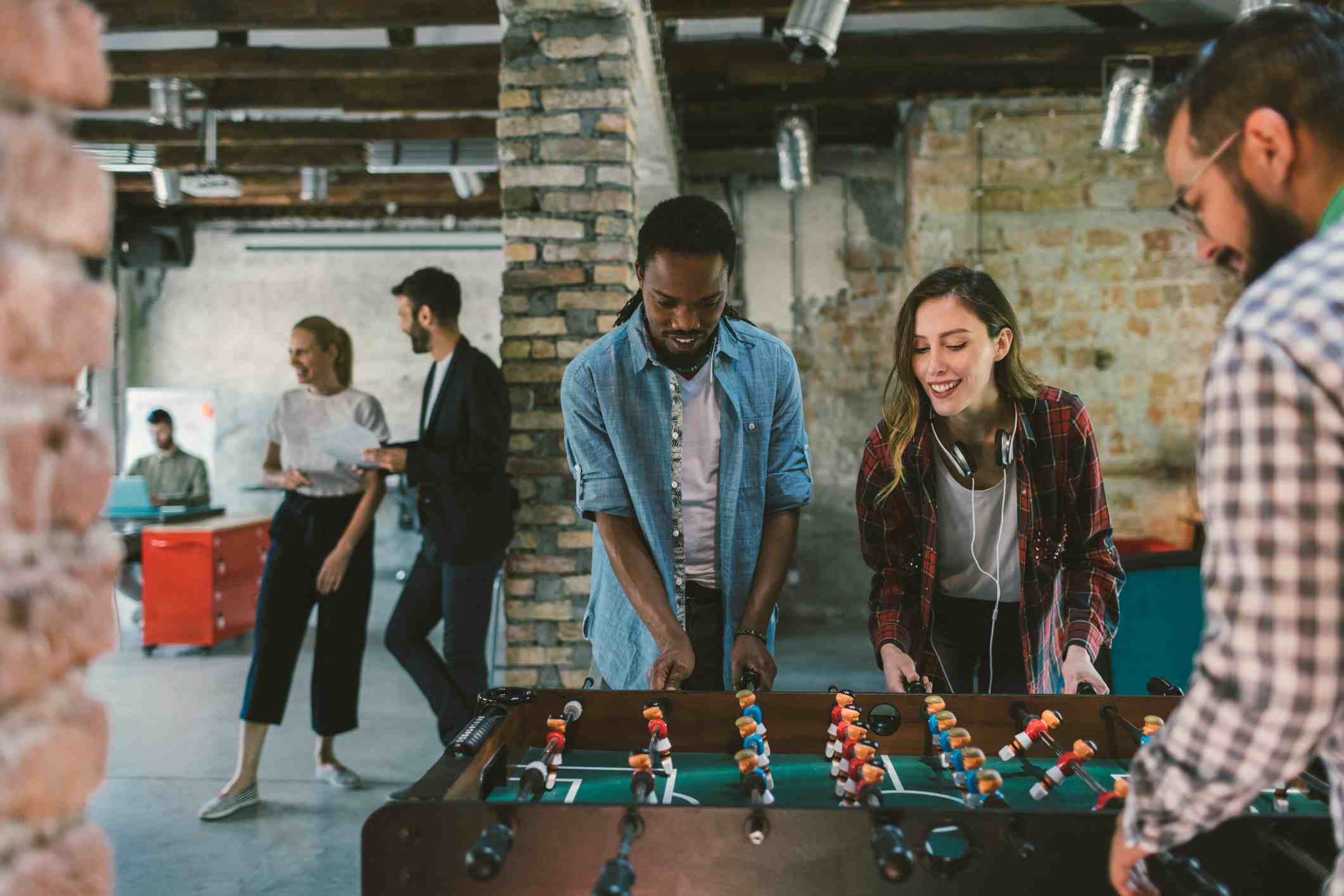In this way, the aim is to encourage the enjoyment of work (play as fun), and the challenge (play as competition) without changing the nature of the work.
“The aim is to encourage the enjoyment of work (play as fun), and the challenge (play as a competition) without changing the nature of the work”.
Along these lines, the authors responsible for the new concept developed and validated a scale that allows organisations to understand the ability of their employees to playfully design their work, distinguishing between items that measure fun (e.g. “I approach my tasks creatively to make them more interesting”), and competition (e.g. “I compete with myself at work, not because I have to, but because I enjoy it”).
The experts realised that in all professions there’s room for applying both perspectives through individual gamification examples. For example, they observed how a bus driver set out to count and reduce the number of decelerations on his daily commute to facilitate smoother journeys for his customers, a flight attendant decided to use humour in his flights or a programmer programmed as if he had to solve a riddle.
This playful approach to work was found especially among employees who were more curious, open-minded and had a sense of humour. At the same time, having this playfulness, the ability to transform any situation – such as a routine work task – into something playful, was shown to be related to higher employee engagement and performance. There are still many unanswered questions, yet it seems a worthy prospect to consider. Among other things, it would be positive for organisations to:
- Assess and measure playfulness: so that organisations know the degree of playfulness of their employees, and its direct relationship to increased engagement and performance.
- Facilitate an environment that allows for playfulness: organisations must understand that this approach is always a self-initiative on the part of employees; it cannot be forced, but it can be facilitated in an environment that’s more conducive to this approach, promoting spaces of trust, autonomy and well-being.
In conclusion, gamification is redefining work dynamics by merging playful elements with everyday tasks. The examples of gamification we have explored in this article demonstrate how this approach can transform the work environment, foster collaboration, improve productivity and increase job satisfaction. Without a doubt, gamification, and even more so, gamified design, is an innovative strategy that has the potential to make work a game, turning every challenge into an opportunity for growth and fun.
Sources:
- Scharp, Y. S., Bakker, A. B., Breevaart, K., Kruup, K., & Uusberg, A. (2023). Playful work design: Conceptualization, measurement, and validity. Human Relations, 76(4), 509-550. https://doi.org/10.1177/00187267211070996
- Parker, S. K. (2014). Beyond motivation: Job and work design for development, health, ambidexterity, and more. Annual review of psychology, 65, 661-691.
- https://people.acciona.com/es/cultura-organizacional/felicidad-trabajo-clave-motivacion-profesional/

